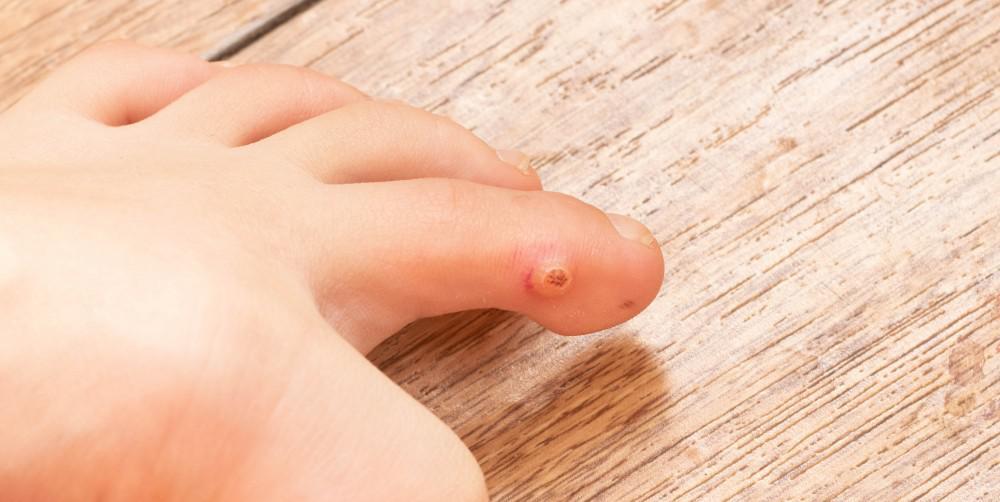Corns and calluses are common foot problems. Sometimes, they can even be painful. Both have some of the same causes, including wearing improper shoes and repeated irritation, and both involve a buildup of dead skin cells.
Despite the fact that they are often used interchangeably, there are a number of differences. In this blog, the doctors at Great Lakes Foot and Ankle Institute discuss the three main differences between corns and calluses.
Differences
Corns and calluses are both conditions that involve thick and hardened skin, but they look and feel different from each other.
Location
Corns are more likely to appear on your toes. You’ll be more likely to develop a corn if you regularly feel your toes rubbing against your shoes.
By comparison, calluses are more likely to appear on the sides or bottoms of your feet. They develop as a result of repeated friction, dry skin, and other types of irritation.
Appearance
Both corns and calluses are hard patches of skin that are yellow or white in color and have a waxy texture. However, the shapes of the raised bumps are different.
Corns tend to be more circular in shape and have a solid core in the center. They may look like a blister, but they’re not filled with fluid. Calluses are generally broad and flat, and they can be up to an inch long.
Pain Level
Your body produces corns and calluses to protect itself against irritation. But corns and calluses differ in terms of how much pain they can cause.
Calluses don’t generally cause pain. However, they can become painful if they grow deep enough. Corns, on the other hand, often cause pain, which can range from mild to excruciating. Corns can even become so painful that it can hurt to walk.
Treatment for corns and calluses
Corns and calluses will usually go away if you remove the cause of the irritation. In many cases, that may require changing the types of shoes you wear. High heels are a particular cause of corns, because they often squeeze toes together. If you have corns or calluses, wear shoes that have large toe boxes.
Furthermore, try to wear socks with your shoes, as doing so can help corns and calluses go away. Doing this can also help prevent new ones from developing.
If you have corns, you can use medicated corn pads to treat them. If you have calluses, a nail salon can help you soak and file down your calluses. You can also perform the same treatment at home. Furthermore, try to keep your feet dry and moisturized.
If you’re diabetic or have blood flow problems, you need to pay extra attention if you develop corns or calluses. They may be less likely to go away on their own and could even lead to a staph infection.
To learn more about treating or preventing corns and calluses, book an appointment online or over the phone with Great Lakes Foot and Ankle Institute today.

